what is laminar flow in microbiology
Place the new drive. Use of laminar air-flow equipment in microbiology.
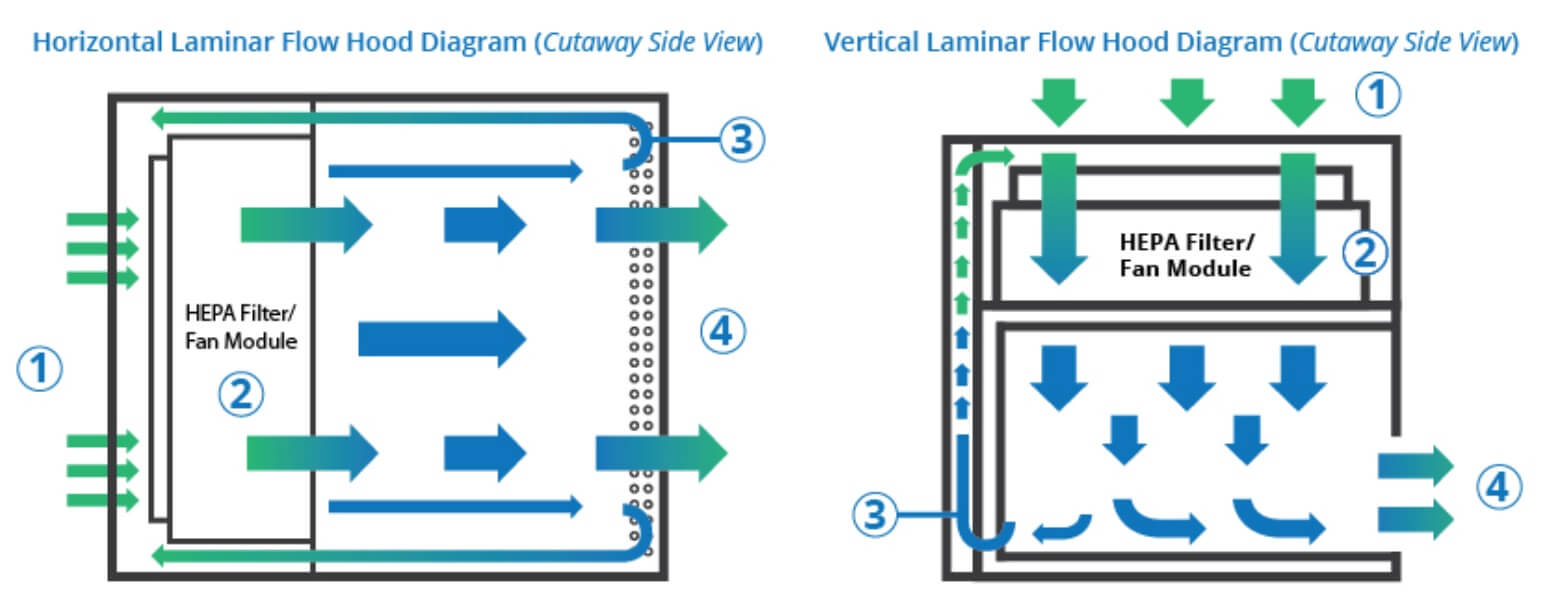
Laminar Flow Hood Cabinet Definition Parts Principle Types Uses
Laminar Flow Cabinets or laminar air flow is normally made of stainless steel without gaps or joints thereby preventing the accumulation of bacteria from collecting anywhere in the working area.
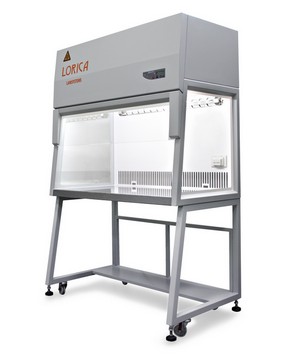
. Create a recovery disc. The air flow velocity remains between 03 ms to 05 ms. It consists of a chamber with an air blower attached to its rear side that allows the flow of air with a uniform velocity in straight lines that are parallel to each other.
A laminar air flow workstation is a closed cabinet fitted with HEPA filtered air flow system. These apparently esoteric considerations have important consequences in respiratory medicine. A laminar air flow is an equipment that is generally used in microbiology laboratories.
A laminar airflow chamber refers to an enclosed cabinet which is equipped with a HEPA high-efficiency particulate air filtered airflow system. We call the laminar flow a streamline or viscous flow. These cabinets are often used in laboratories to conduct research clinical trials and different kinds of experiments.
This can significantly affect the safety and health of high-risk patients. In fluid dynamics laminar flow is a smooth or regular movement of particles of the fluid. After that spray 70 IPA and switch off the visible light and then switch ON the UV light till to start.
Fume hoods most often a Class I hood are designed to limit. 3Microbiological labs or other research control centres engaged in investigative work with sub-toxic materials. A vertical laminar flow cabinet is a clean bench providing a contamination-free area to handle lab samples products and other specimens.
Depending on its design a horizontal flow hood provides. The terminology streamlined flow is. 4Providing protection for open vessels of chemicals solvents or powders in microbiology.
Here laminar means unidirectional constant flow of air with almost no or minimal turbulence. Laminar flow hoods protect the working environment from dust and other airborn contaminants by maintaining a constant unidirectional flow of HEPA-filtered air over the work area. The purpose of using such workstations in laboratory is to create particle and bacteria free working.
The flow can be horizontal blowing parallel to the work surface or it can be vertical blowing from the top of the cabinet onto the work surface. The main purpose of a laminar flow cabinethood is to form a contaminant-free work. Laminar flow hood also known as laminar flow clean benches is an enclosed system designed to provide a contaminant-free work environment by directing air through HEPA-filter and exhausting it across a work surface.
Then clean properly the working chamber from ceiling followed by side glass and then the platform of the chamber with 70 IPA. As a result all micro-organisms viruses and bacteria are kept inside the enclosure. Laminar flow hoods are ventilation devices used within the lab to provide an aseptic work area that helps protect both the laboratory personnel and the materials they are working with.
Use of laminar air-flow equipment in microbiology. Remove the old drive. Laminar flow in a tube can be represented as a series of cylinders moving down the tube with the central cylinder moving fastest.
Laminar air Flow is also known as clean benches because the air for the working conditions is thoroughly cleaned by the precision filtration process. 1In research laminar airflow helps in microbiological manipulations. Laminar Flow in Fluid Mechanics.
Cleaning of Laminar Air Flow LAF First of all Turn OFF the switch of the Air Flow and UV of LAF unit if ON. It provides an aseptic environment to perform different experiments. As water and air are mixed infectious bacteria that might dwell in the piping can be released into the surrounding air via small droplets.
Use of laminar air-flow equipment in microbiology Appl Microbiol. 2Bio clean protection for semi-automatic vial filling and bunging. Laminar airflow cabinet circulates unidirectional airflow with little or no turbulence at a uniform velocity between 03-05 ms.
Laminar flow is crucial to avoid the spreading of microbes and guarantee hygienic operation in any environment. Hoods are classified as either Class I II or III depending on the level of protection they offer. In Laminar flow the fluid flows in parallel layers with lesser lateral mixing and no disruption between the layers.
There are two main laminar flow hood types which are determined by the direction of the airflow. How to Replace a Hard Drive and Reinstall an Operating System Back up data. The outermost cylinder is stationary and is in fact a layer of the original gas in the tube left behind as the new gas moves forward as shown in Figure 44.

Laminar Air Flow Working Principle Studiousguy
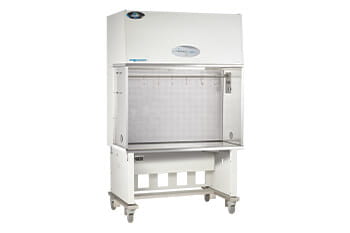
Laminar Flow Hood Laminar Airflow Workstation Nuaire
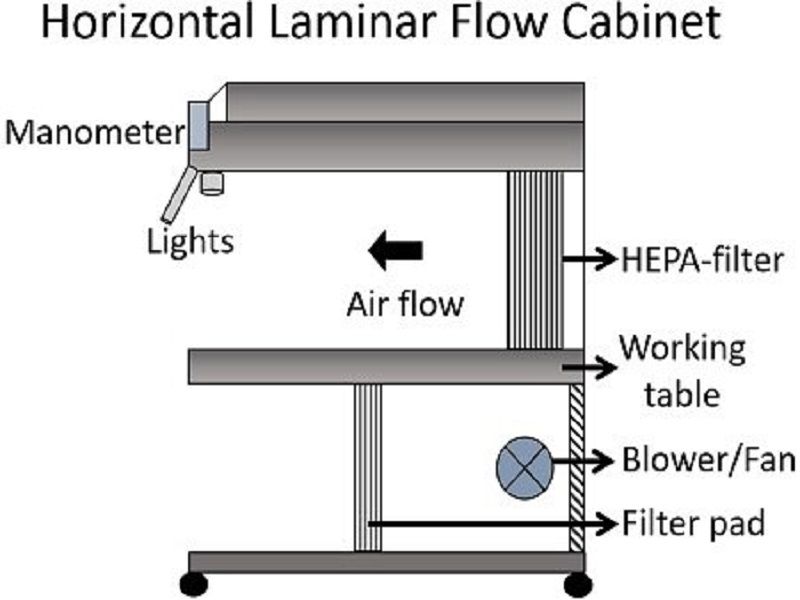
Laminar Air Flow Working Principle Studiousguy

What Is Laminar Airflow Chamber Definition Principle Video Parts Uses Biology Reader

Laminar Flow Cabinet Laminar Flow Hood Lamsystems

Laminar Air Flow Working Principle Studiousguy
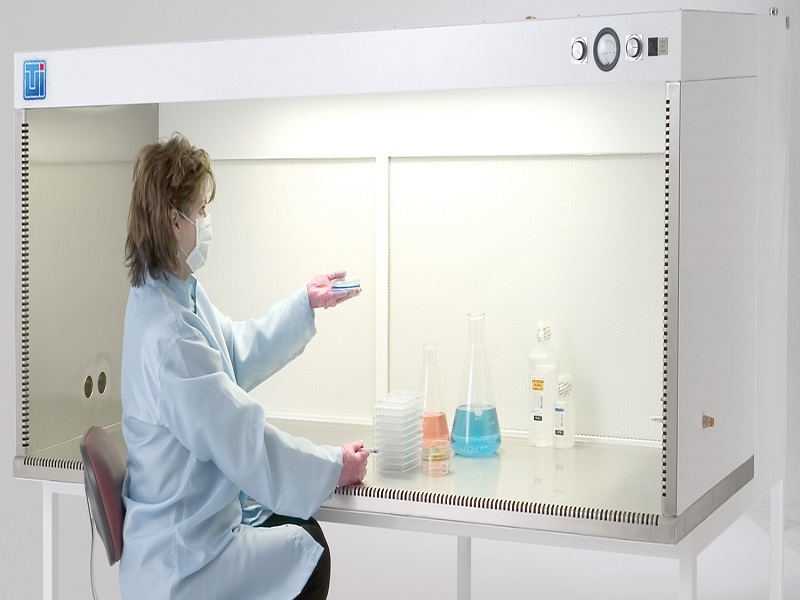
Laminar Air Flow Working Principle Studiousguy
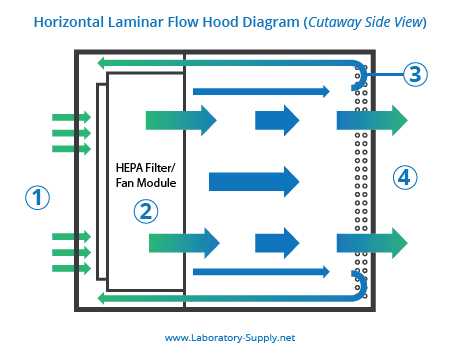
Horizontal Vs Vertical Laminar Flow Hoods Lab Supply Network

Laminar Flow Hood Cabinet Definition Parts Principle Types Uses

Fhb 10 Laminar Flow Hood With Lead Glass

Laminar Flow Hood Used To Prevent Contamination Of Solutions And Download Scientific Diagram
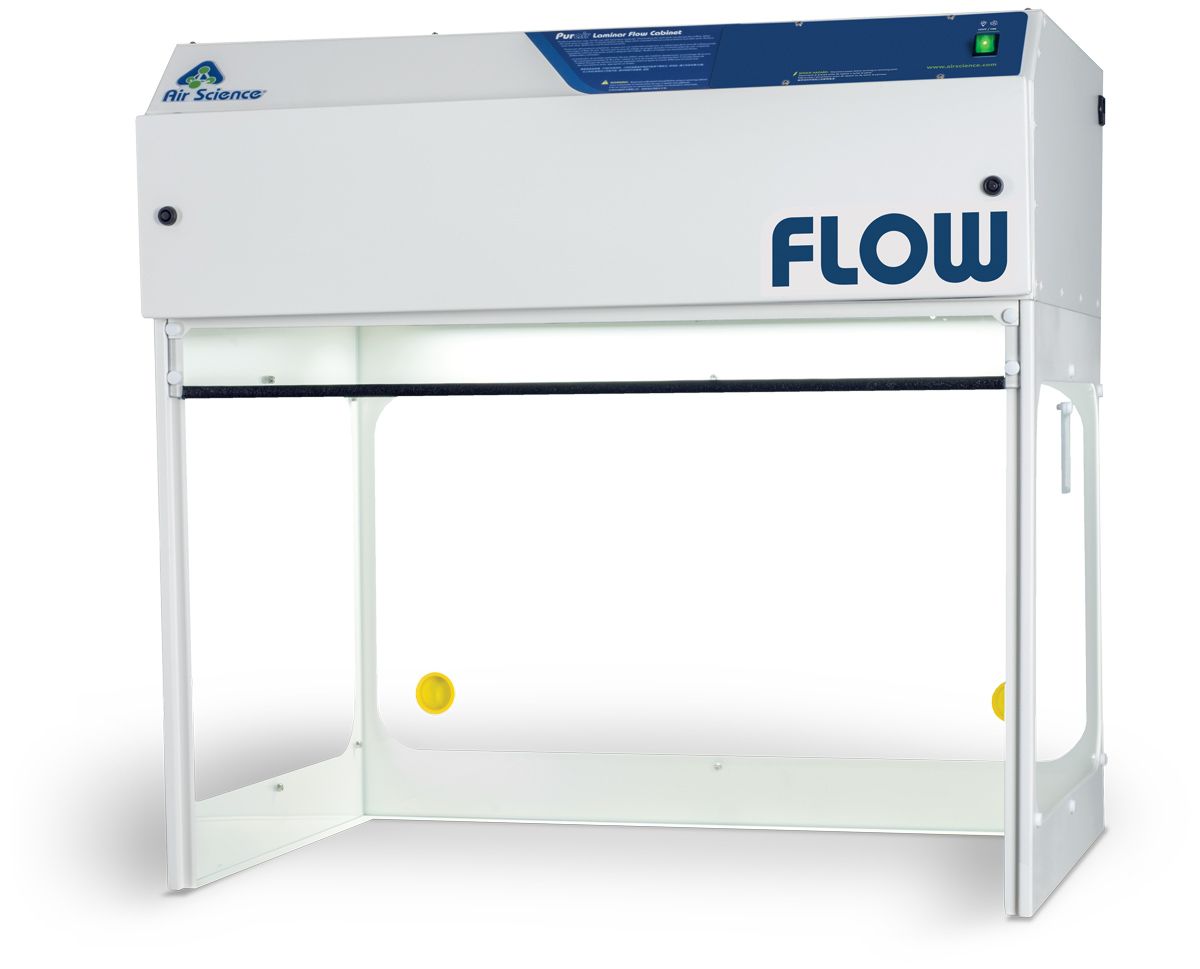
Air Science Purair Laminar Flow Cabinets
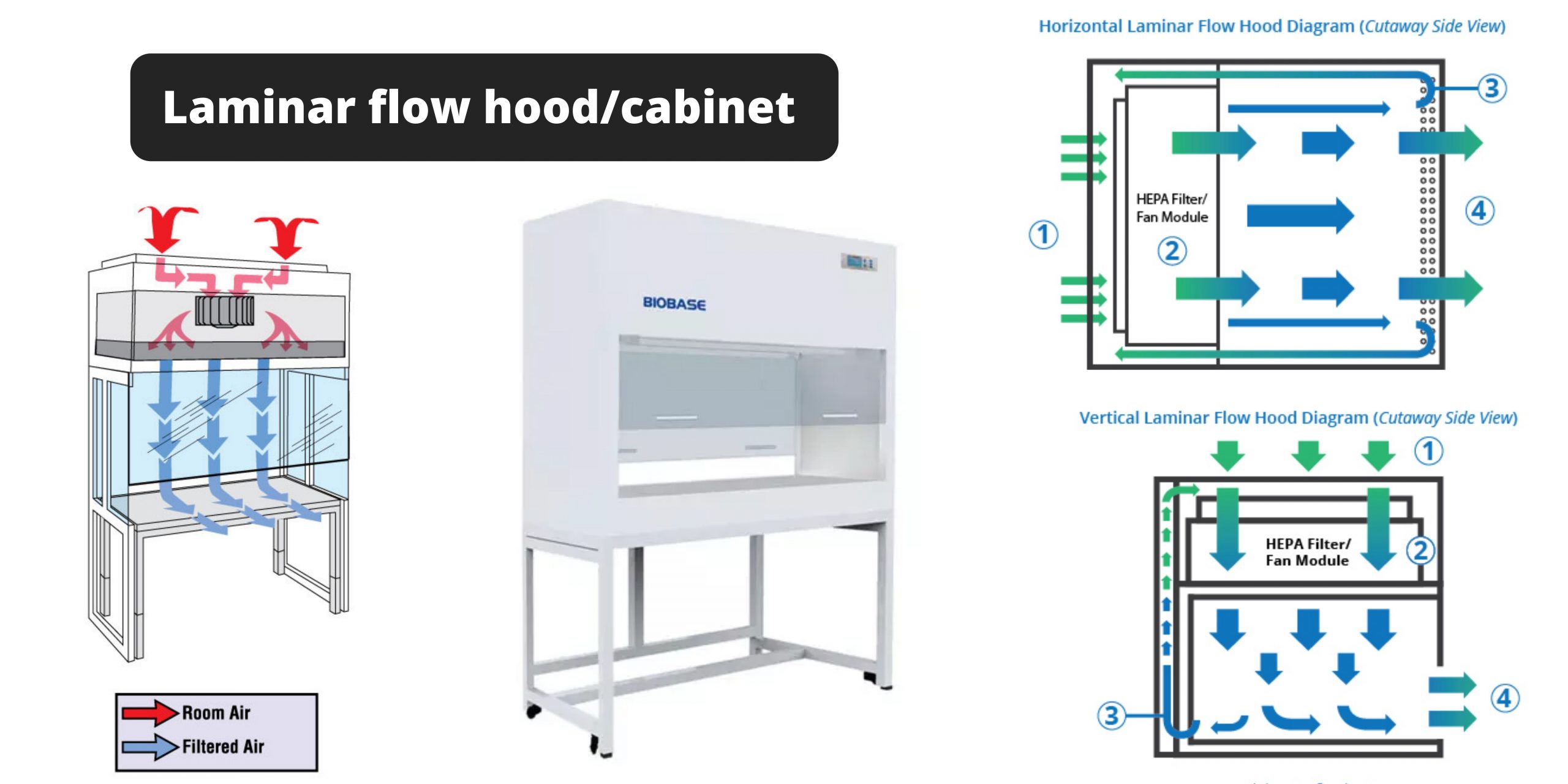
Laminar Flow Hood Cabinet Definition Parts Principle Application




